Construction Site: Managing Occupational Health and Safety Project
VerifiedAdded on 2022/10/17
|25
|3602
|13
Project
AI Summary
This project focuses on managing occupational health and safety within a construction site environment. It begins by identifying specific risks associated with various occupations, including bricklayers, carpenters, electricians, and painters, detailing potential hazards such as falling, electrocution, and respiratory issues. The project then examines relevant legislation, emphasizing the employer's responsibility for worker safety and the employees' obligation to adhere to safety policies. A hazard inspection report is presented, detailing a scenario with scattered equipment, exposed wires, and a dusty floor. The report assesses the likelihood and consequence of each hazard, determining risk levels and proposing control measures, such as proper equipment arrangement, wire insulation, and regular cleaning. The project also includes a work health and safety consultation, outlining findings, proposed control measures, and recommendations for hazard mitigation, emphasizing adherence to legislative requirements and the importance of worker safety training, protective equipment, and regular site monitoring. The project concludes with a commitment to ongoing compliance with safety standards and a plan for regular monitoring of the work environment.
1 out of 25
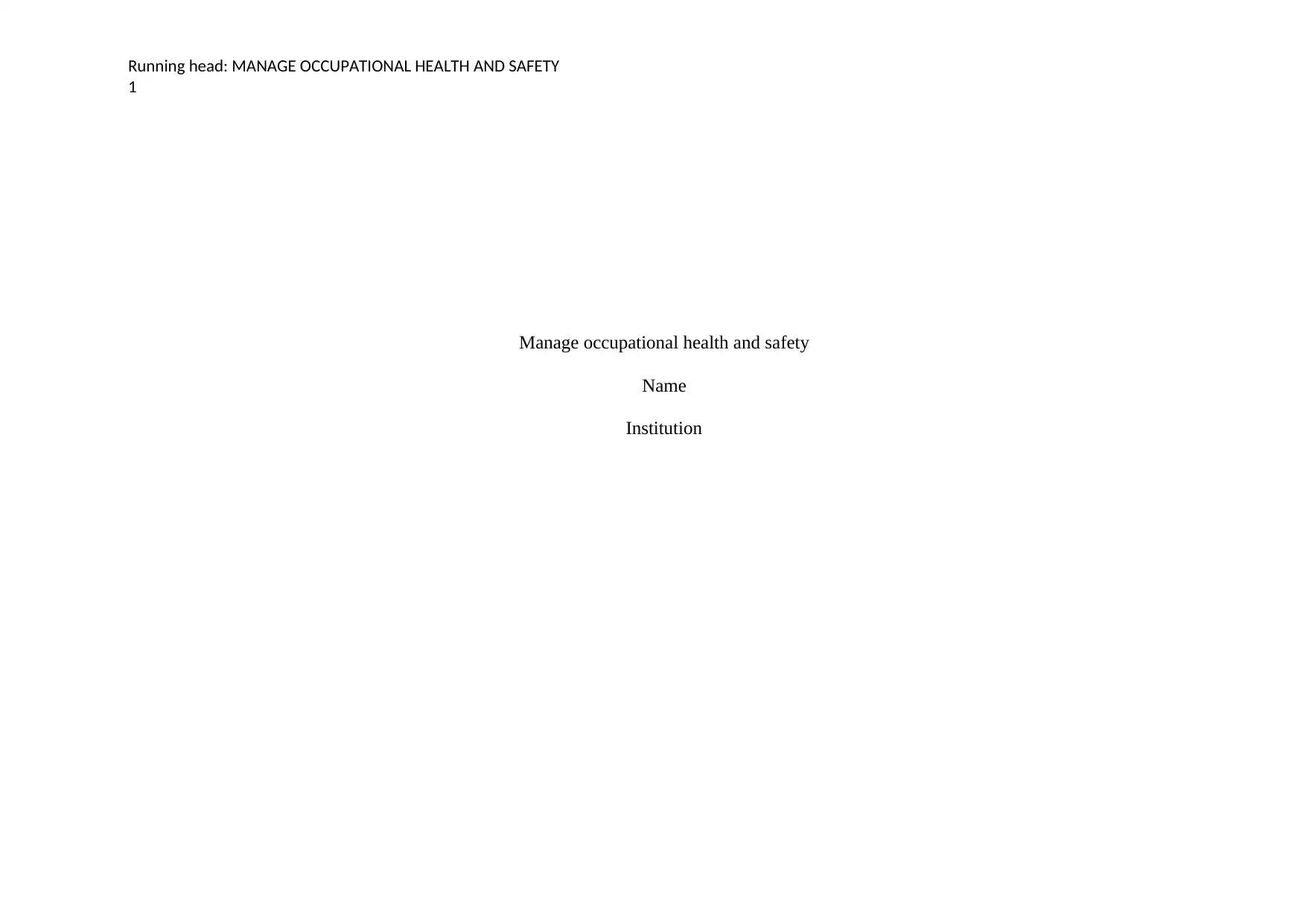
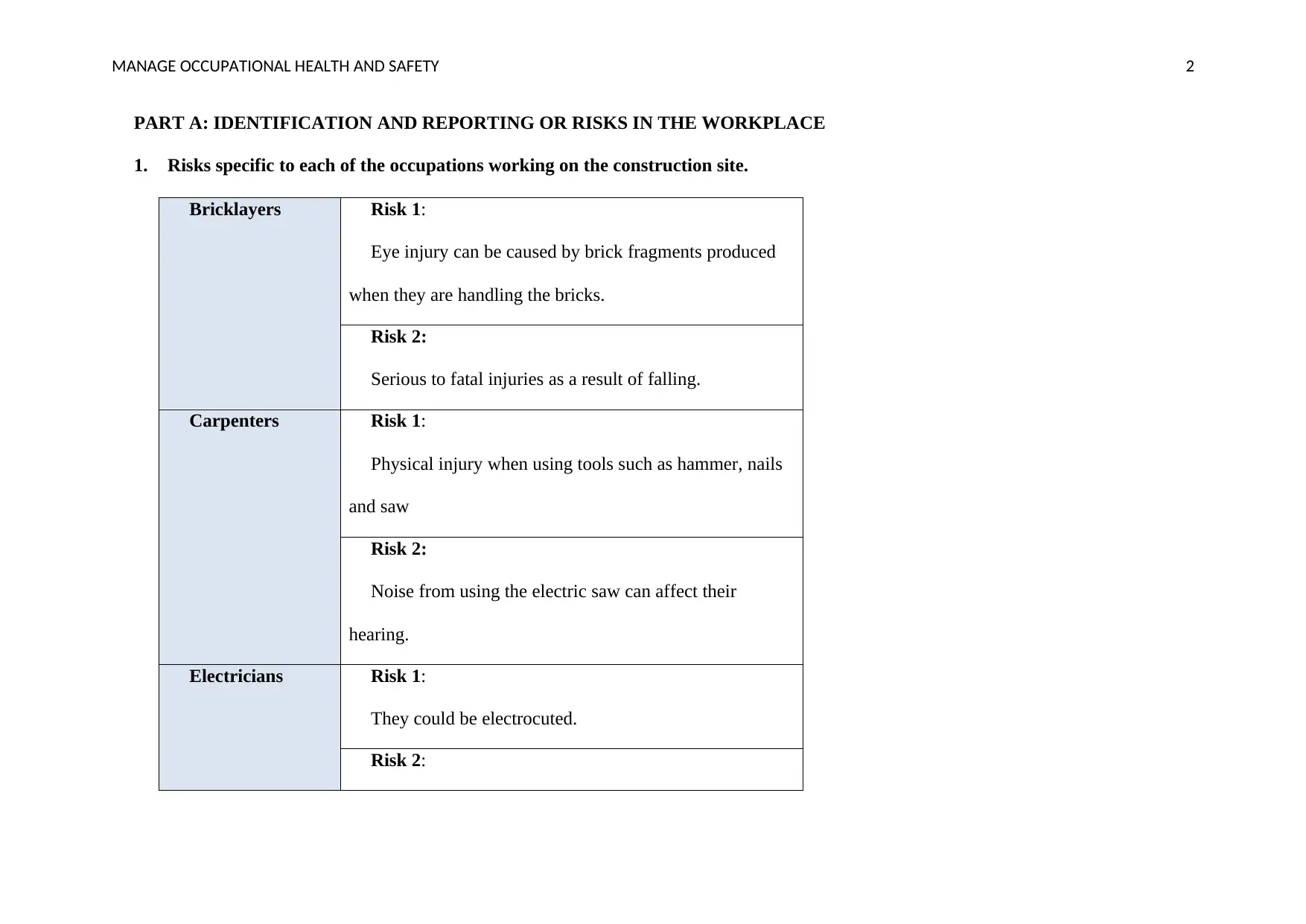
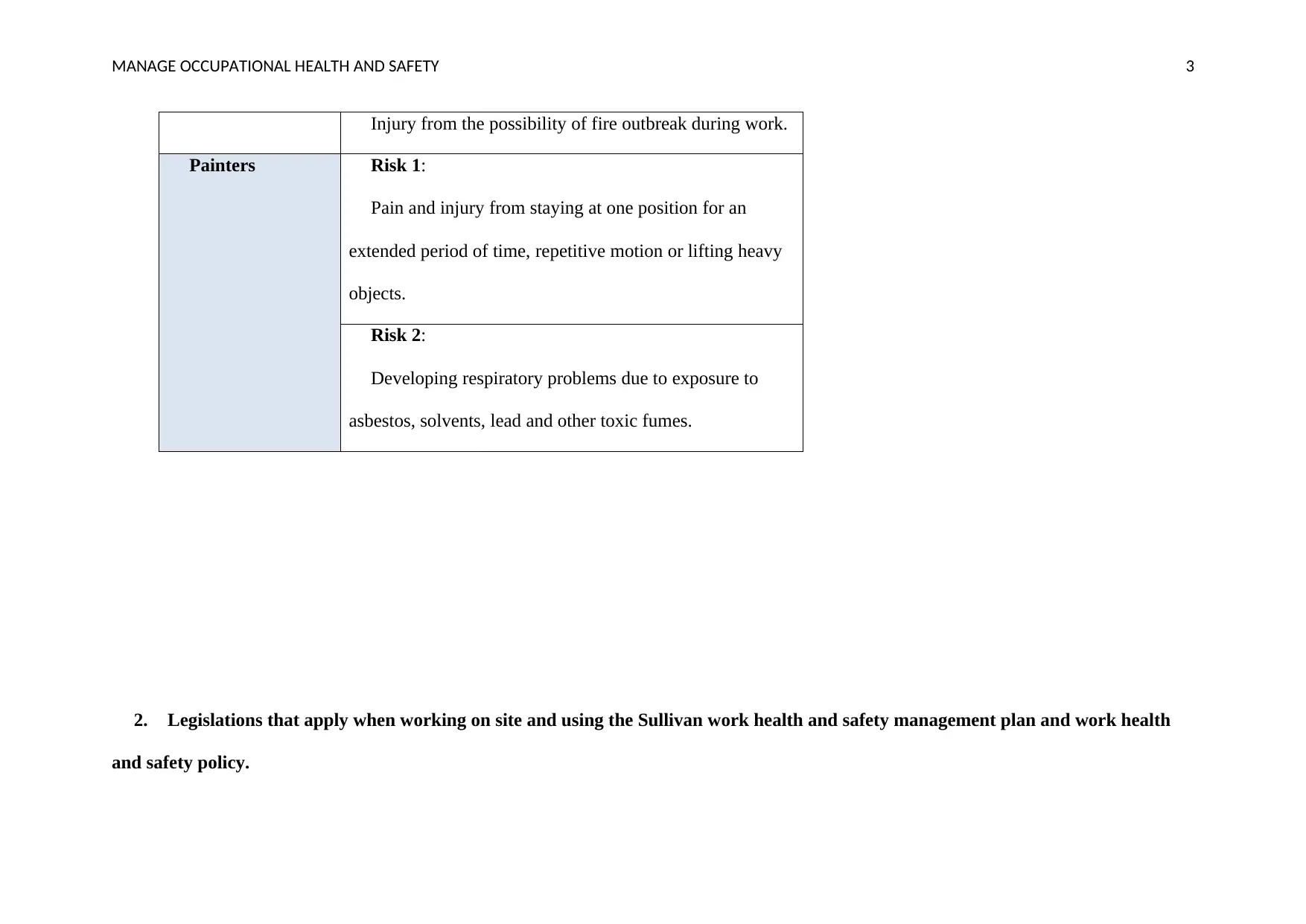

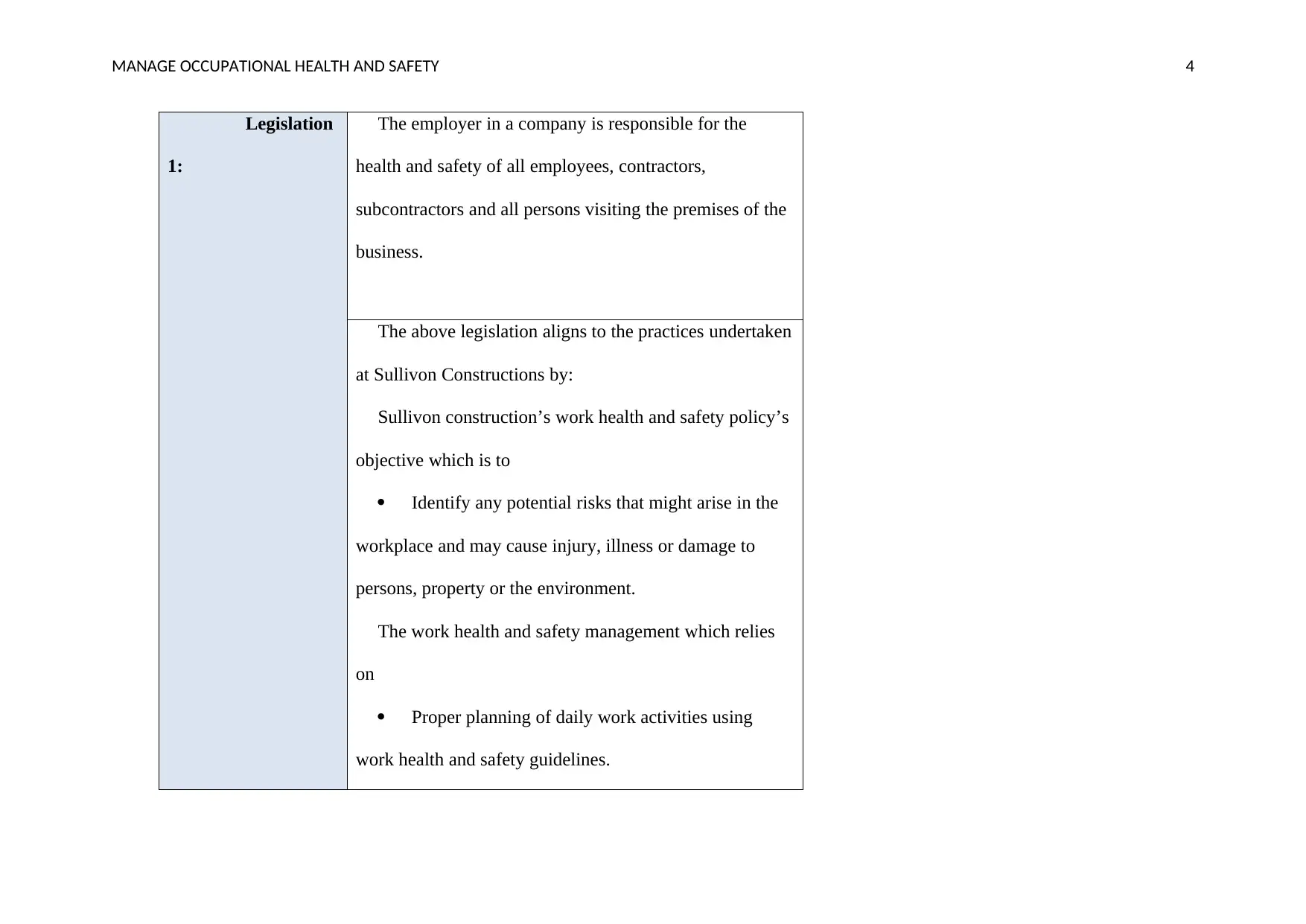
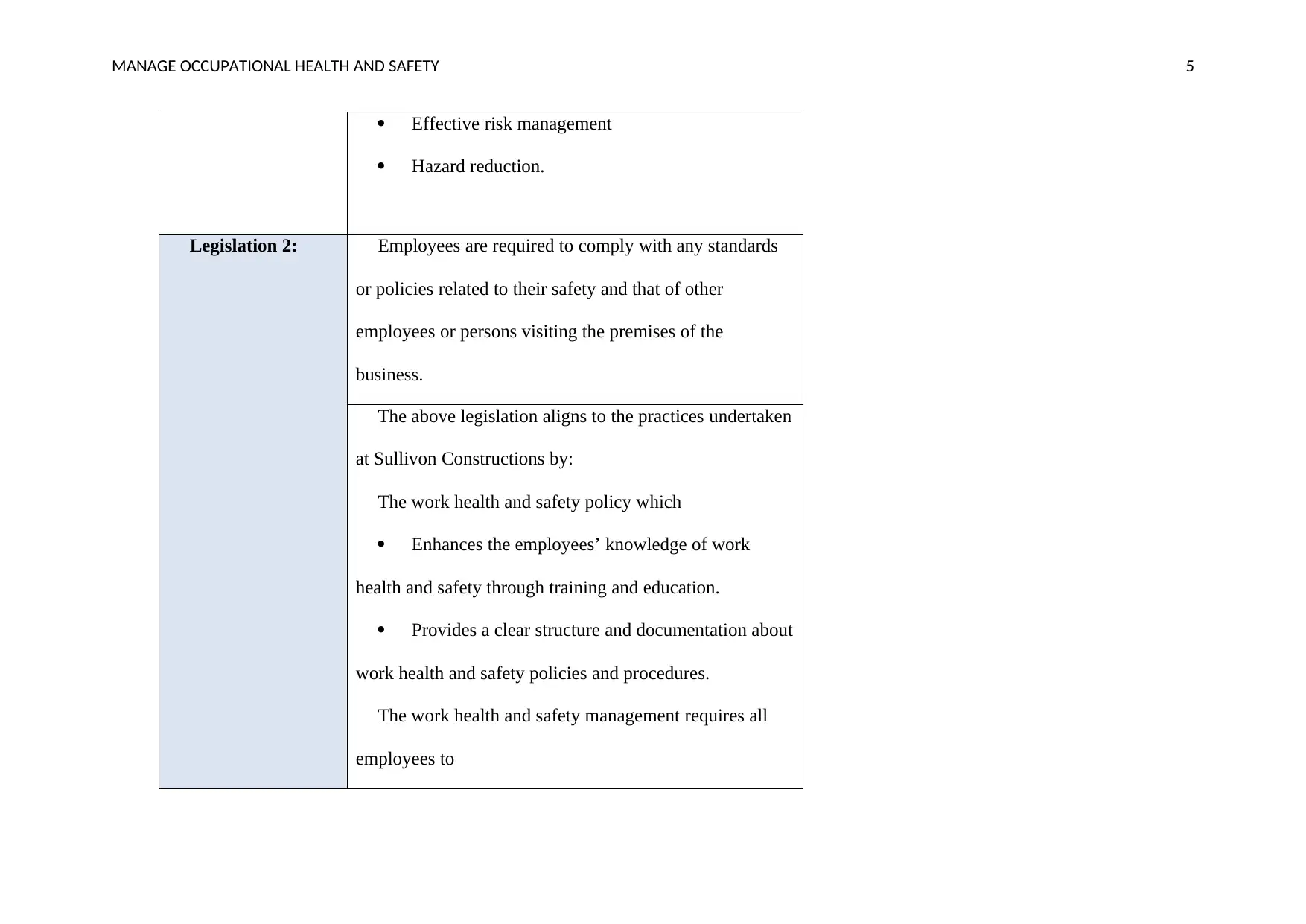
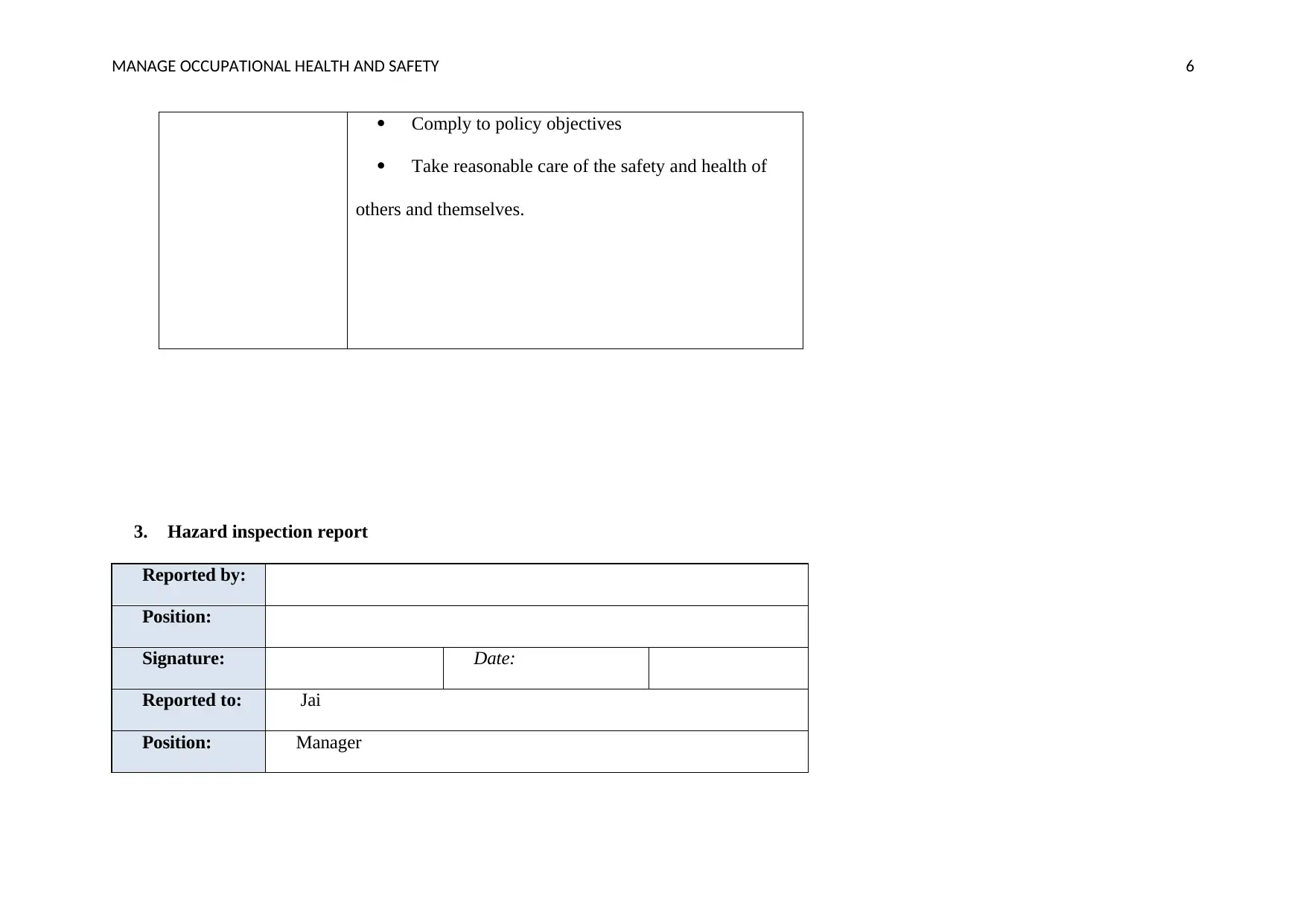
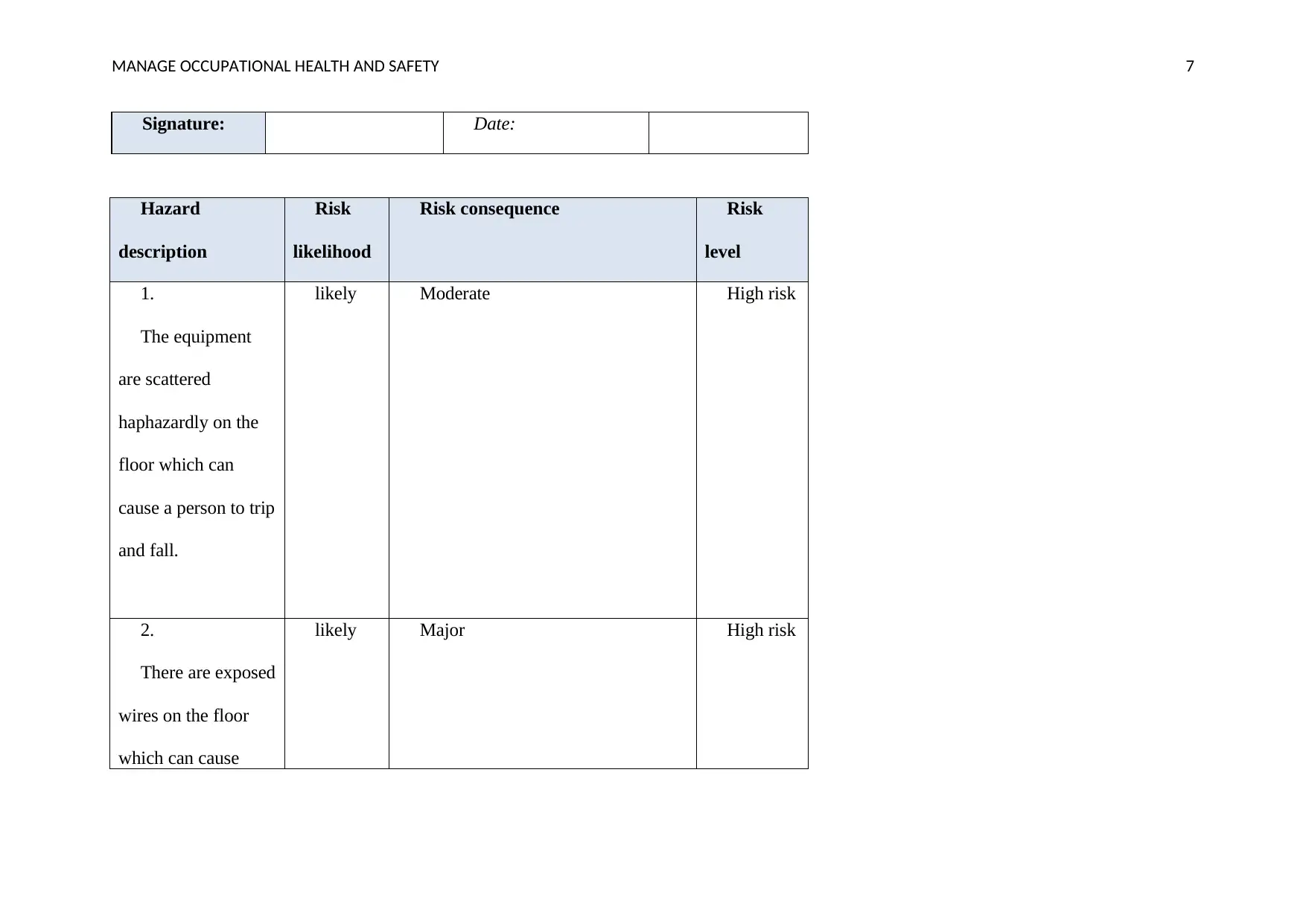
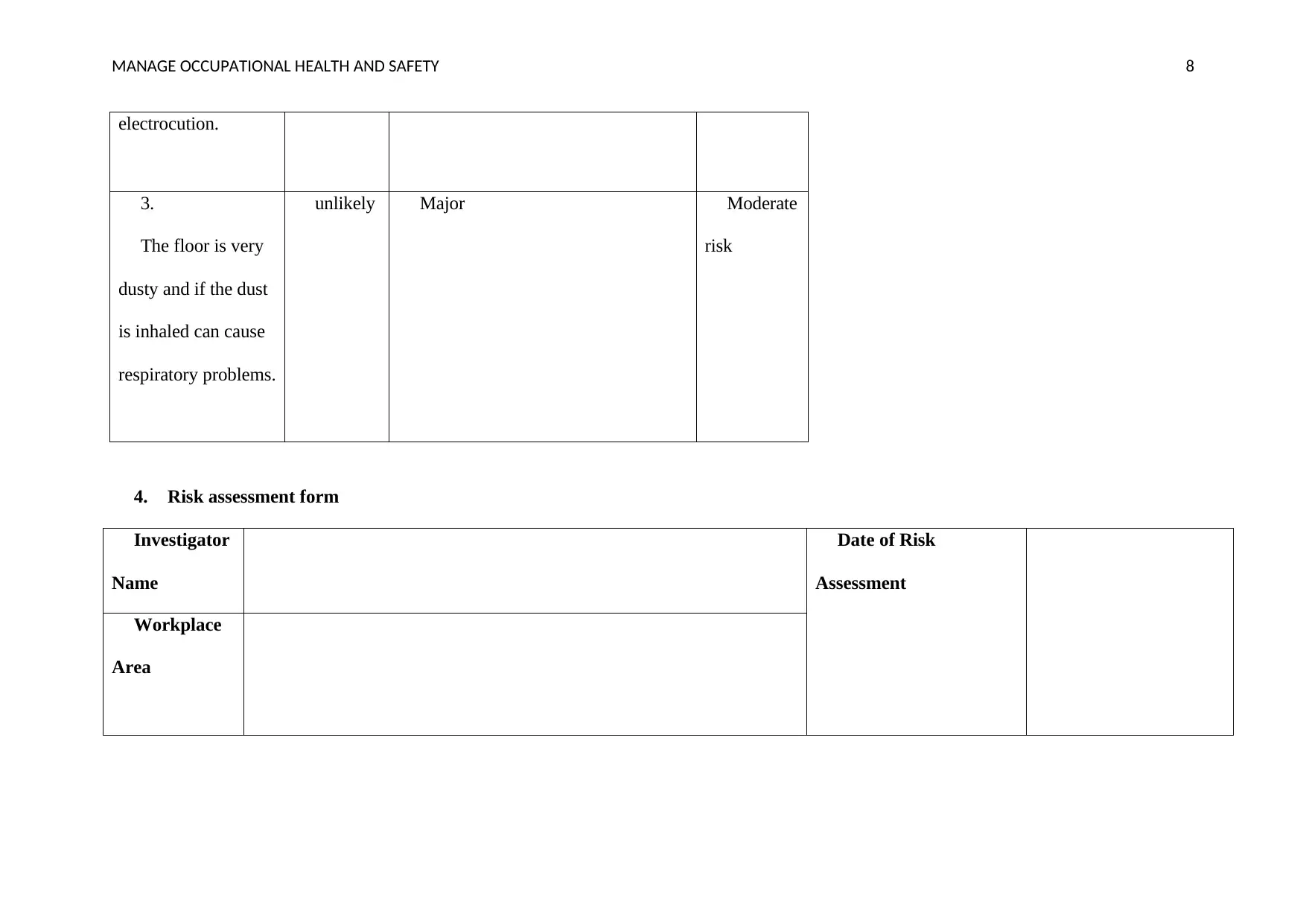
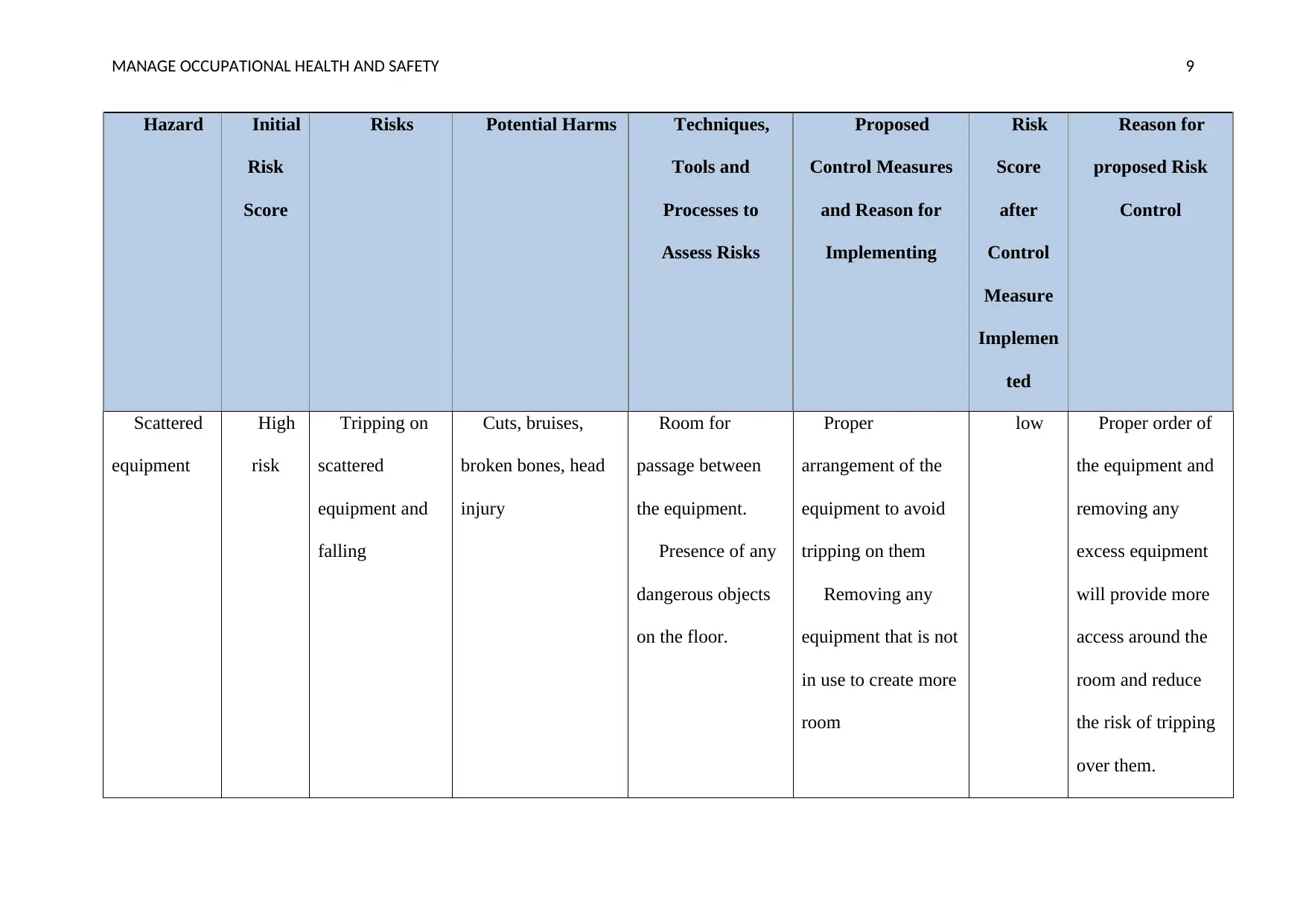
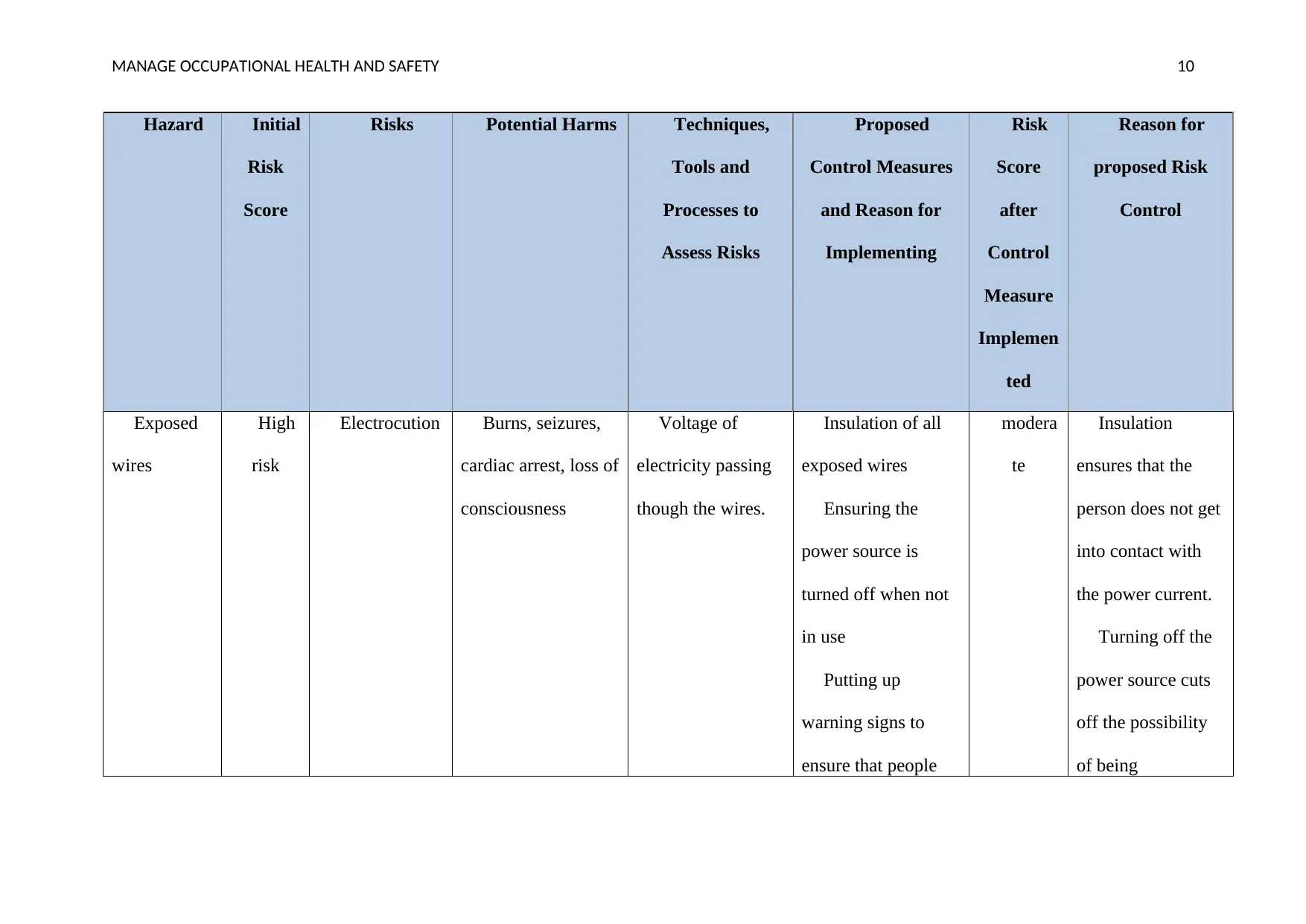
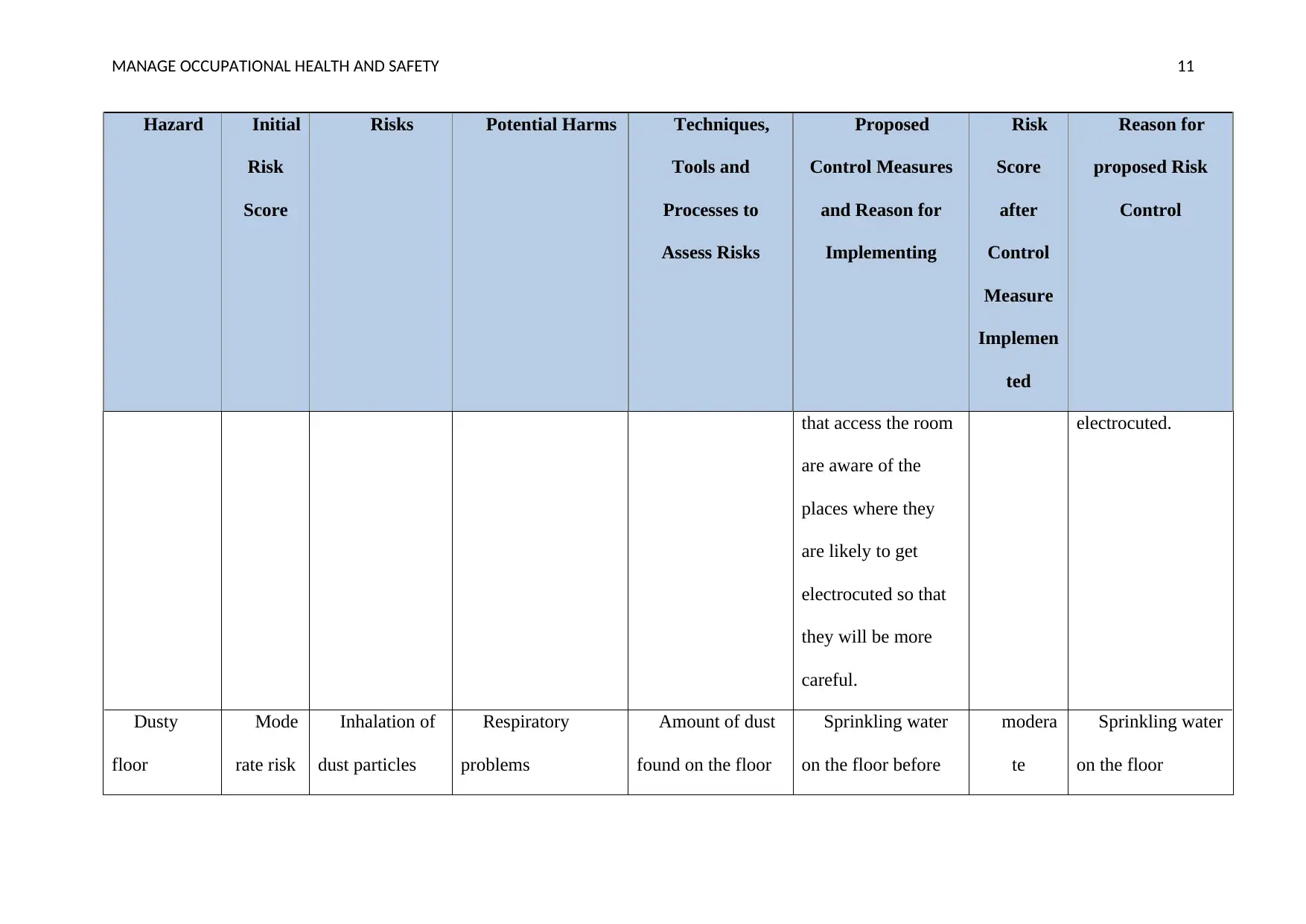
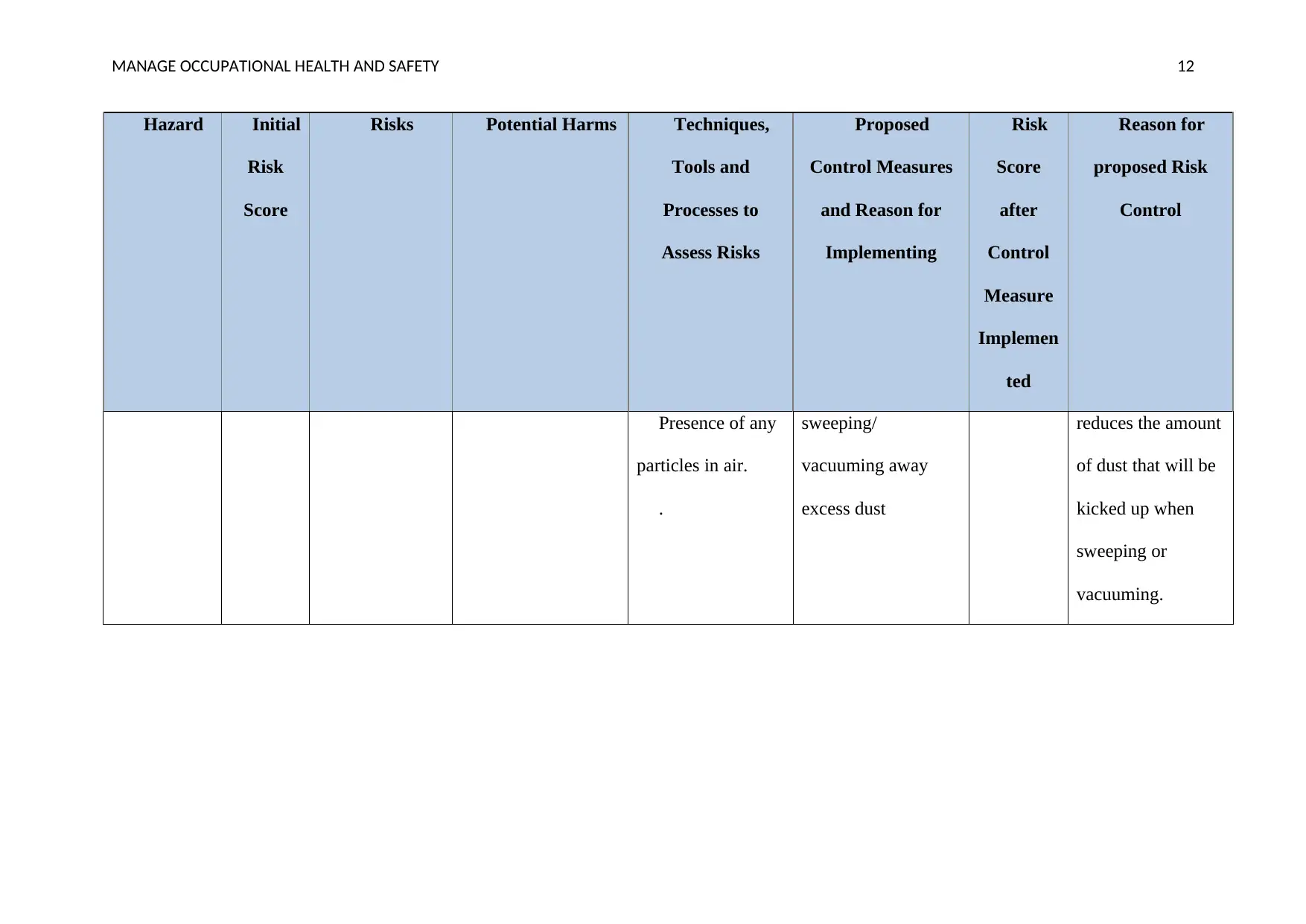





![[object Object]](/_next/static/media/star-bottom.7253800d.svg)